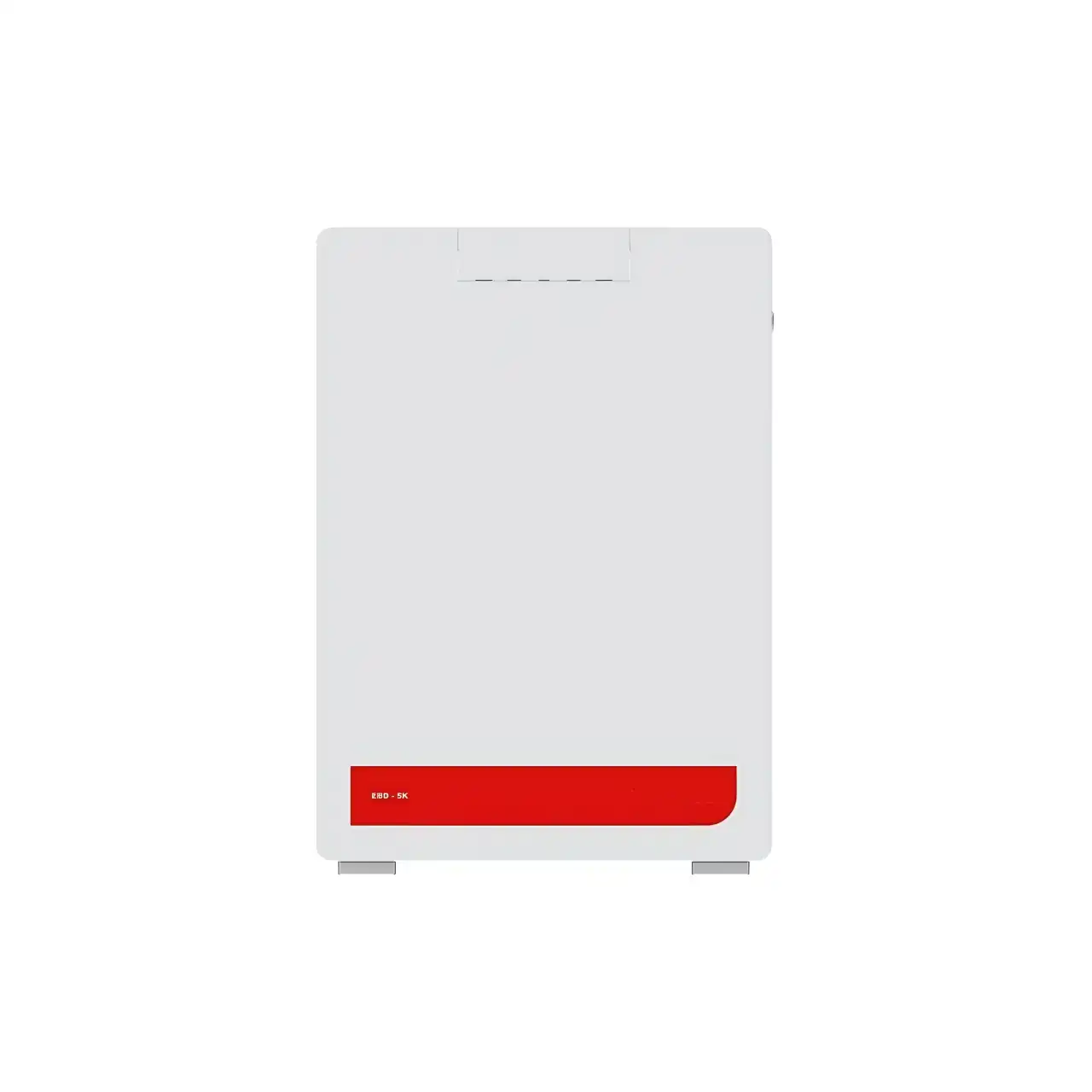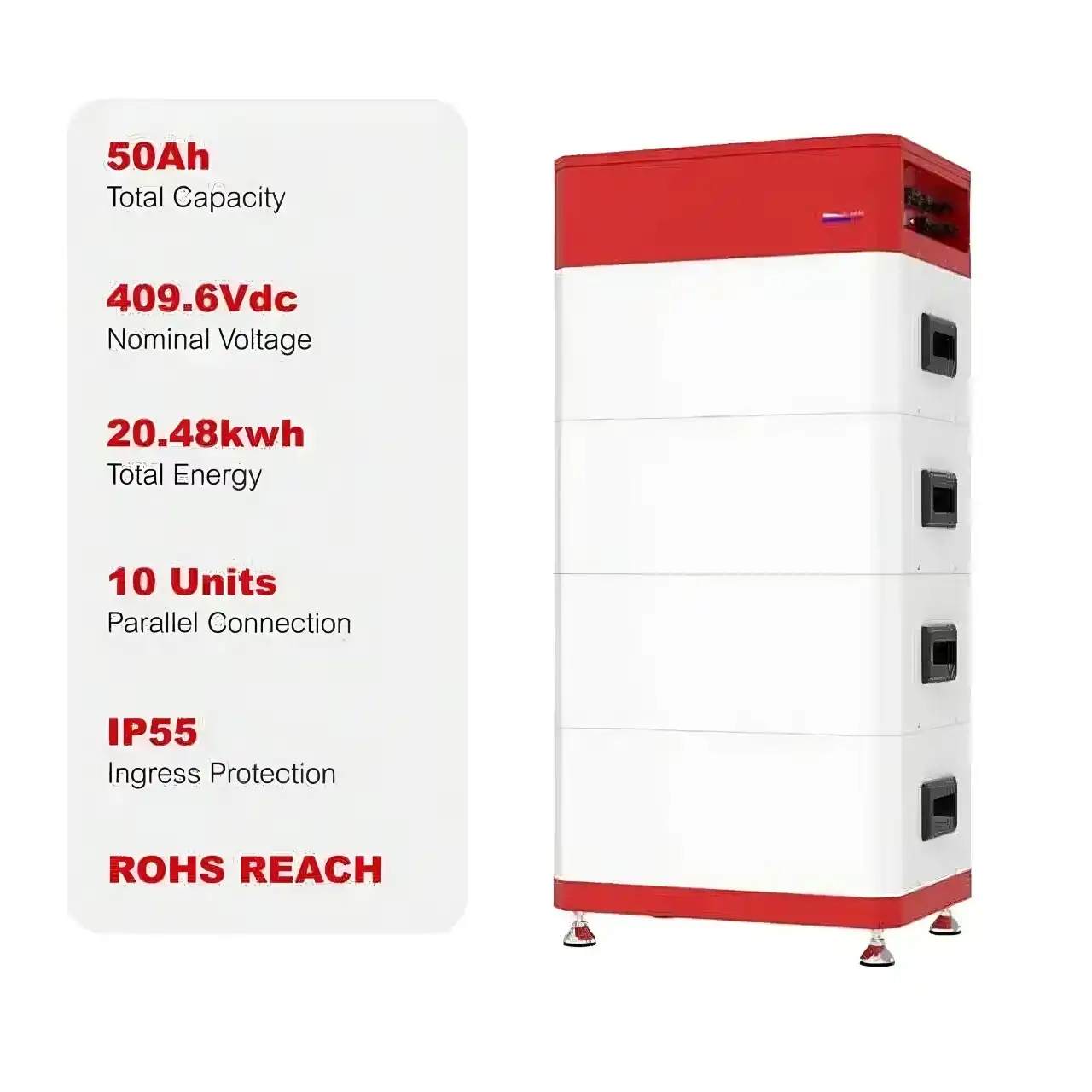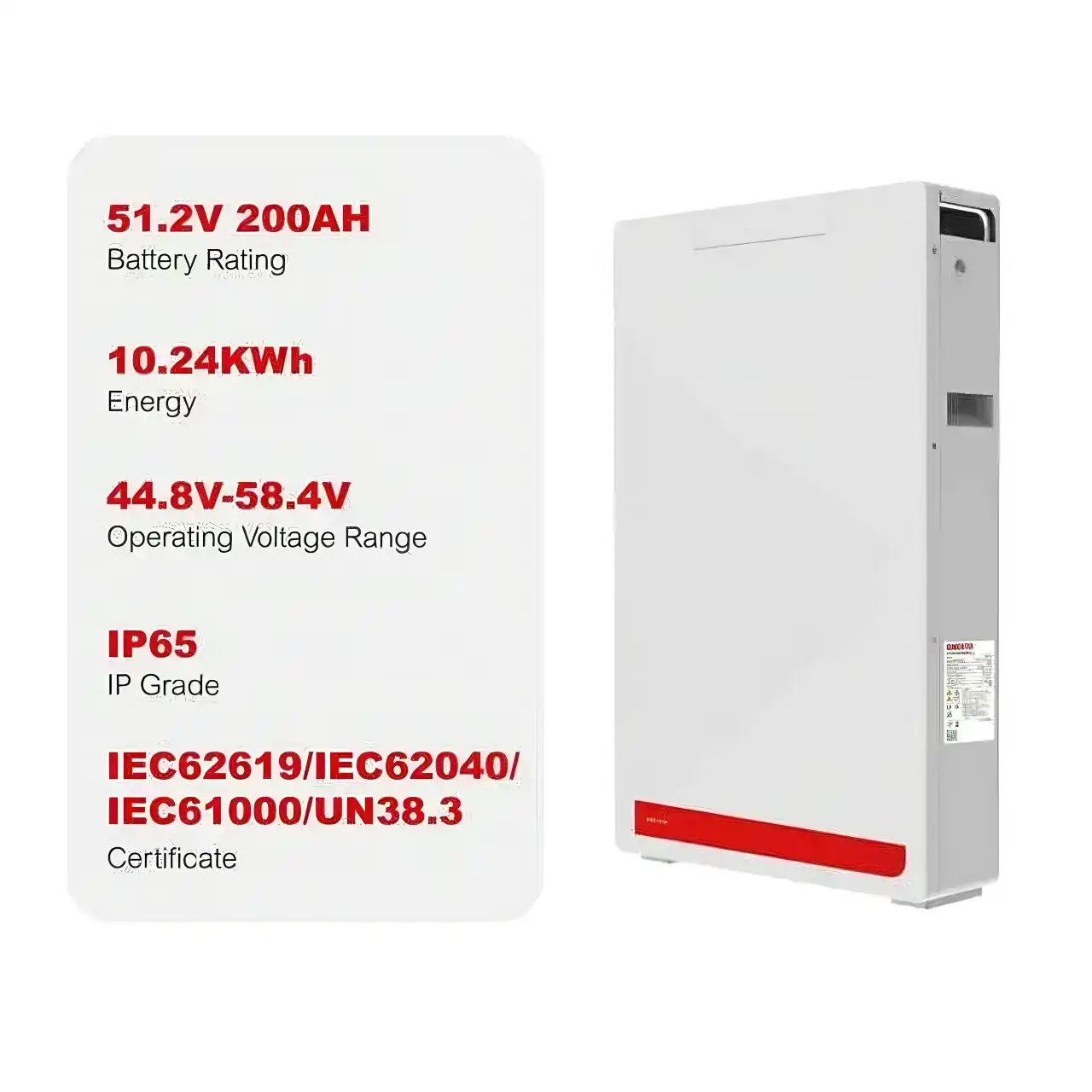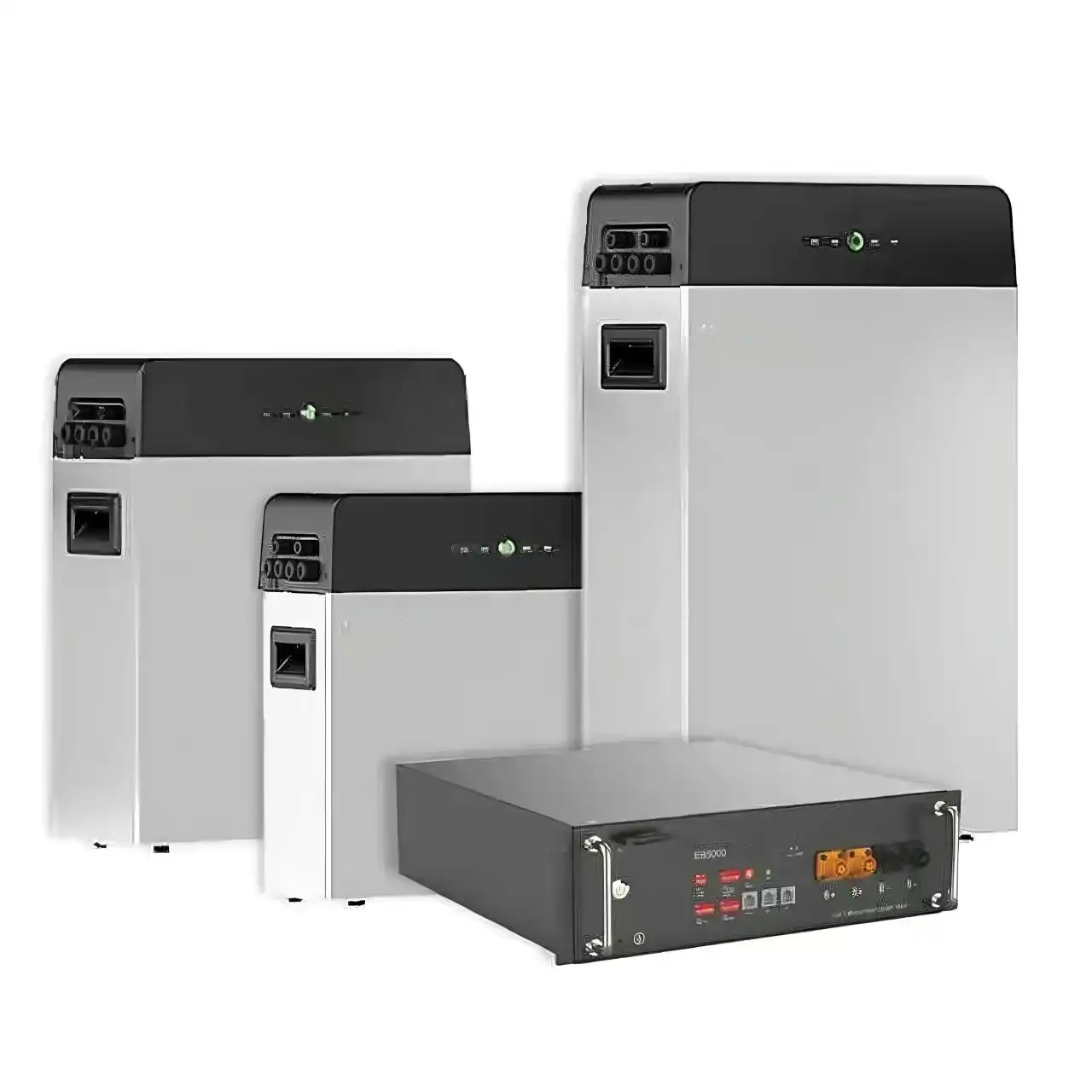
Solar cell solution
ONESTOP is a leading solar cell manufacturer in the market. With over 19 years of experience in the electrical industry, we offer high-quality products at the most competitive prices.
WHY CHOOSE US
Production technology
Customization and OEM/ODM
High performance-price ratio
Long term partnership
Our solar cell products
If you need to learn more about product types or customized solutions, please feel free to contact us at any time.
Provide economically sustainable power solutions
Our electrical solutions have served over 50 countries and regions worldwide.
Long term cooperation with over 300 manufacturing companies, including globally renowned industrial brands
Over 800 industrial projects have been delivered, of which 60% are customized solutions
Why Choose Solar Cells?
Solar cells are a leading technology in renewable energy, providing an efficient and sustainable way to harness power from the sun. With ongoing advances in solar technology, solar cells have become more affordable and accessible for homeowners and businesses alike. They help reduce reliance on fossil fuels and decrease electricity costs over time. By investing in solar cells, you’re not only contributing to a greener planet but also creating significant savings. Explore our wide range of solar solutions designed to meet your energy needs.
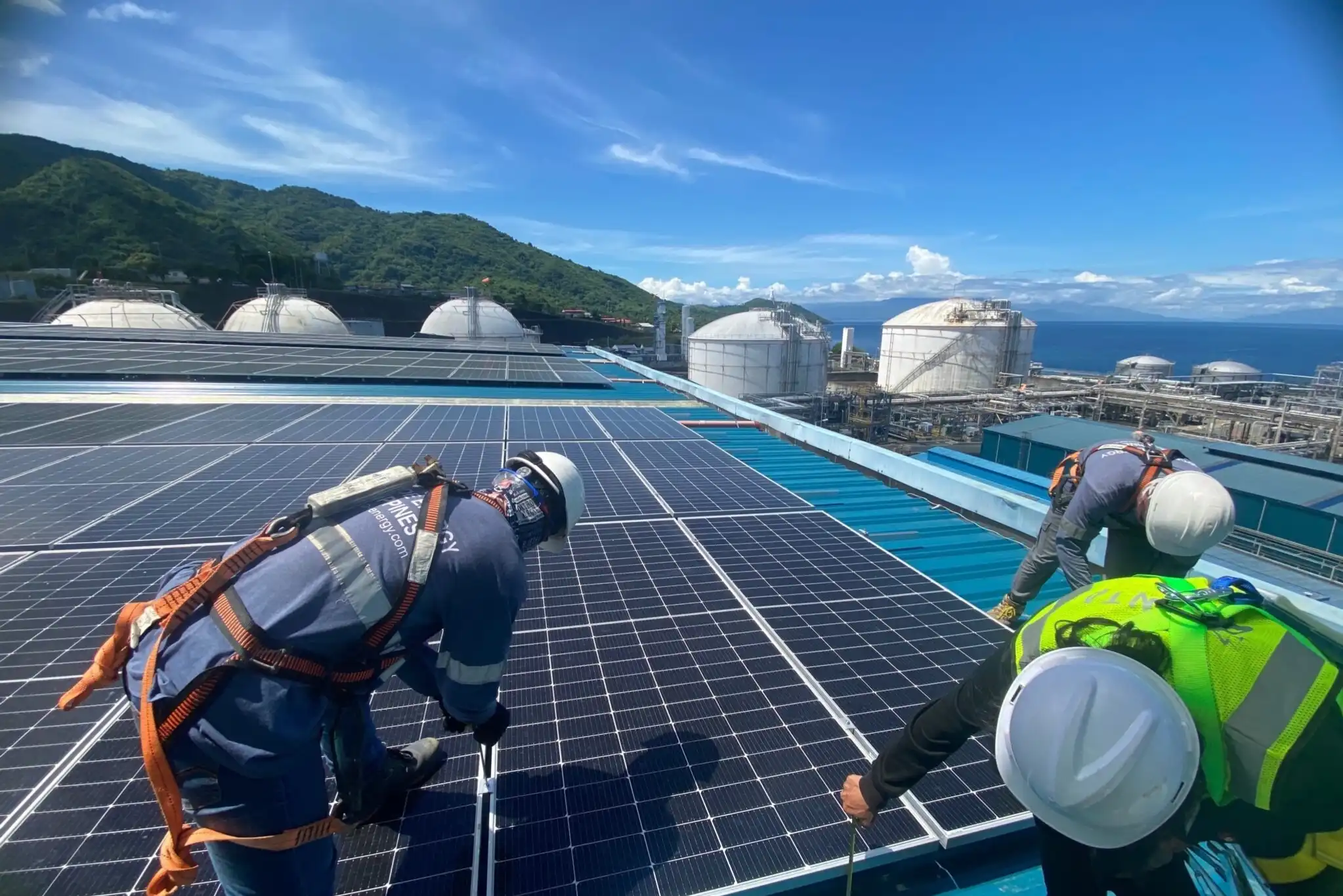
Cost Savings
Solar cells significantly reduce electricity bills and provide long-term savings.
- Lower energy costs
- Tax incentives
- Increase home value
Sustainability
Utilizing solar cells supports environmental sustainability by reducing carbon footprints.
- Renewable energy source
- Reduced greenhouse gases
- Decreased dependency on fossil fuels

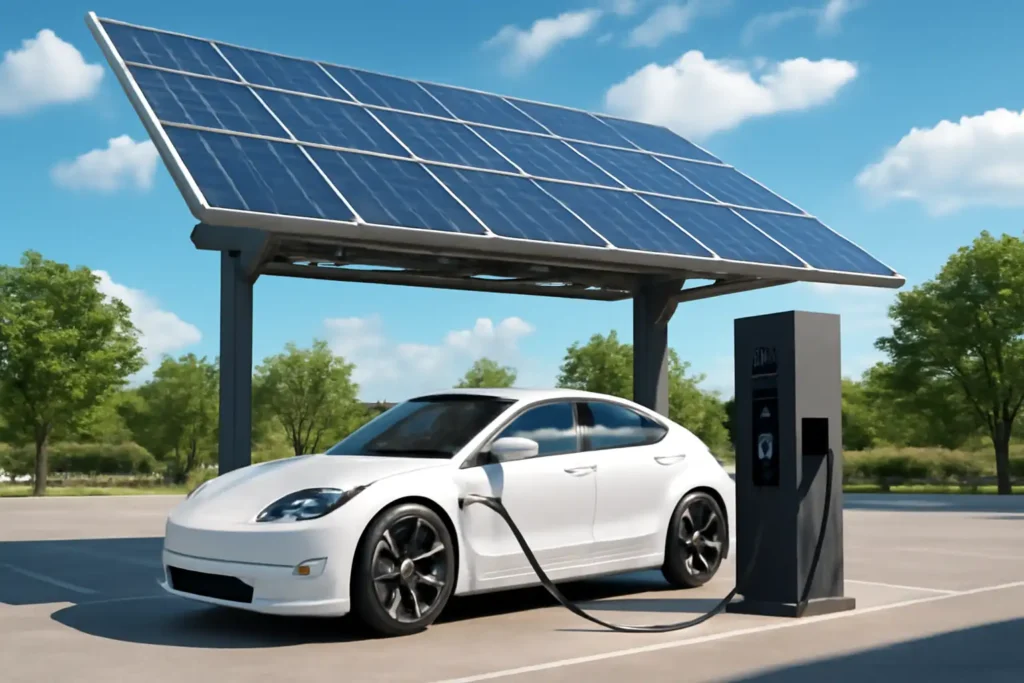
Energy Independence
Solar cells empower you to produce your own energy, enhancing independence from utility companies.
- Off-grid solutions
- Reliable power supply
- Energy autonomy
Low Maintenance
Solar cells require minimal maintenance while providing consistent performance.
- Durable materials
- Long lifespan
- Easy monitoring

The advantages of our product
Environmentally friendly
Solar energy is a clean and renewable energy source, and the use of solar cells does not produce greenhouse gas emissions, which helps reduce air pollution and mitigate climate change.
Save energy costs
By installing our solar cells, users can generate electricity for free using solar energy, reducing their dependence on traditional electricity. And it can significantly reduce electricity bills
Low maintenance cost
Our solar cell system has a relatively long lifespan (usually over 25 years)., The maintenance cost is relatively low, usually only requiring regular cleaning and inspection,
Advanced technology
Our team of researchers is constantly exploring research and development, and the efficiency of solar cells is gradually improving, the cost is constantly decreasing, and installation and use are more convenient.
Wide range of applications
Our solar cells can be applied to projects of various scales, from household rooftops to large-scale solar power plants, all of which can utilize solar energy for power generation and storage.
No noise pollution
ONESTO's solar cells do not produce noise during operation, making them a very quiet energy solution suitable for use in various environments.
What Our Customers Say
Hear from satisfied clients who have made the switch to solar energy.





Your trusted electrical equipment supplier
♥Wide selection
♥OEM Quality
♥100% Satisfaction Guarantee
Looking forward to working with you
FAQ
Get answers to common questions about solar cells and their benefits.
How do solar cells work?
Solar cells work by absorbing photons from sunlight, which generates an electric currentthrough the photovoltaic effect.
What are the benefits of using solar cells?
Solar cells provide numerous benefits, including reduced energy costs, environmental
sustainability,and energy independence.
How long do solar cells last?
Most solar cells have a lifespan of 25-30 years, and they are designed for durability and
efficiency.
Can l install solar cells on my own?
While it’s possible to install solar cells yourself, professional installation is recommended
for optimal performance and safety.
Are there any incentives for installing solar cells?
Yes, many governments offer financial incentives like tax credits and rebates for solarenergy installations.
How much do solar cells cost?
The cost of solar cells varies based on the system size and type, but many options exist tofit different budgets.
Are solar cells effective in all climates?
Solar cells can produce energy in most climates, although efficiency may vary based on
sunlight availability.
How do l maintain solar cells?
Solar cells require little maintenance, but regular cleaning and inspection can ensure
optimal performance.
What is the return on investment for solar cells?
The ROl for solar cells can be significant, with many users benefiting from lowered energycosts within a few years.
Can solar cells power my entire home?
Yes, solar cells can be configured to meet your energy needs, potentially powering yourentire home and considerably reducing electricity bills.
Understand solar cells
Table of Contents
With the increasing demand for clean and green energy globally, solar energy is gaining greater and greater popularity. Solar cells as the core component of solar energy systems are of the most importance.
Here in this article, we will discuss the working principle, classification, advantages and disadvantages, and future development direction of solar cells so that you can have a comprehensive understanding of solar cells.
What is a solar cell
Solar cells, or photovoltaic (PV) cells, utilize semiconductor materials such as silicon. Simply stated, the photovoltaic effect is the excitation of electrons and current generated when photons (sunlight particles) hit semiconductor materials. The electrons move around the circuit, generating an electric current to be utilized by external devices.
The working principle of solar cells
1: The nature of converting light energy to electrical energy
The key principle of solar cells is the photovoltaic effect. Solar photons incident on semiconductor materials such as silicon, if the photon energy is greater than the bandgap width of the material, excite electrons from the valence band to flow into the conduction band to form electron hole pairs. Photo generated carriers are accountable to produce electrical energy.
2: PN junction separation effect
The key device of solar cells is the PN junction (a compound of P-type and N-type semiconductors). Within the PN junction, the carrier concentration difference establishes an internal electric field from the N region to the P region.
This electric field forces electrons to collect in the N region and holes to collect in the P region, generating a potential difference (voltage). When an outside circuit is made contact, electrons flow from the N region to the P region through the outside circuit, recombine with holes, generate a photocurrent, and achieve the conversion of light energy into electrical energy.
3: Materials and structure’s role
Semiconductor materials: silicon-based materials (monocrystalline silicon, polycrystalline silicon) have become mainstream since their bandgap width is about the same as the solar spectrum; Thin film materials (e.g., CdTe) are reduced in cost by being thinned.
Structural design: For example, PERC cells reduce recombination of carriers through the application of backside passivation, TOPCon cells maximize efficiency with the application of tunneling oxide layers, and HJT cells use amorphous silicon and crystalline silicon together to enhance interface performance.
4: Energy Conversion in Practical Applications
The efficiency of the solar cell depends on the rate of photon absorption (material), efficiency of carrier separation (PN junction mass), and control of energy loss (reduction of recombination and resistance).
In practical applications, through the adjustment of material purity, surface passivation technology, and multi-layer structures (perovskite stacked cells, for instance), the photoelectric conversion efficiency can be further enhanced, eventually reaching effective use of clean energy.
Summary
Generation of photo generated charge carriers → Internal electric field separation of charges → External circuit formation of current → Material and structure optimization to improve efficiency.
Types of solar cells
| Type | Efficiency(Yield) | Cost | Lifetime(Years) | Core Advantages | Main Limitations |
| Monocrystalline | 24% | High | 25-40 | High efficiency, long lifespan | High cost, material waste |
| Polycrystalline | 20% | Medium | 25-35 | Lower efficiency | Low cost, low efficiency |
| CdTe Thin Film | 19% | LOW | 10-20 | Low cost, flexible | Toxicity, short lifespan |
| TOPCon | 24.50% | Medium- | 25+ | High efficiency, low degradation | Complex manufacturing process |
| HJT | 24.50% | High | 25+ | Good temperature performance, high bifaciality | High equipment cost |
| Tin Mine | Laboratory | Potentially | Pending verification | Ultra-high efficiency, lightweight | Poor stability, not yet commercialized |
Advantages of solar cells
environmentally
Solar cells produce electricity from sunlight without polluting or releasing greenhouse gases, hence a zero emission clean energy source.
Renewability
Solar energy is unlimited and unfailing. Solar cells can utilize the energy of the sun 24/7, solving the problem of energy supply sustainability.
Low operating costs
The running cost of solar cells is very low. The maintenance cost of the solar system is also very minimal once they are installed, and this can make the users save a tremendous amount of energy expenses in the long run.
Diversified applications
Solar cells not only have applications in domestic and commercial power supply but also have widespread use in remote areas, mobile equipment, spacecraft, and other fields.
Application areas of solar cells
1.Home and Business Applications
Solar cells are being used widely in residential and commercial buildings for power supply. Through solar cell systems, people can live independently and spare their electricity bills.
2.Aerospace industry
Solar cells are widely applied in spacecraft, such as satellites and space stations. Solar cells can be used in the space environment since they have high energy conversion efficiency.
3.Transportation Field
Solar cells will also find application in the future in transportation systems such as electric cars and drones, running them on green energy.

How to choose solar cells
1.Grid connected system vs. off grid system
Grid connected system: It needs to be connected to the public power grid, suitable for scenarios with stable power grid coverage and pursuit of self use and surplus electricity grid connection. Choose high-efficiency monocrystalline silicon or PERC cells, with priority given to conversion efficiency (such as over 22%)
Off grid system: requires energy storage batteries (such as lithium iron phosphate batteries), suitable for areas without power grids or places that require emergency power supply. Focus on battery cycle life (e.g. 1500-2000 cycles) and low-temperature performance (e.g. applicable at -40 ℃)
2.Scene adaptability
Home roof: Priority should be given to lightweight and high-efficiency monocrystalline silicon or perovskite cells (efficiency 25.7%), balancing aesthetics and power generation
Large power plants: Polycrystalline silicon or thin-film cells (such as CdTe) have more cost advantages and are suitable for large-scale installation
Portable devices: Flexible amorphous silicon batteries (such as foldable charging blankets) are more flexible and perform well in low light conditions
3.Material selection
Monocrystalline silicon: made from high-purity silicon, highest efficiency but costly, for the high-end market
Polycrystalline silicon: low price with slightly lower efficiency, for power plants in large scale
Thin film batteries (e.g., CdTe, CIGS): light in weight and good low light performance, but cadmium-containing materials need to be environmentally friendly and recycled
4.Brand Choice
ONESTOP:ONESTOP is a leading global manufacturer of solar cells with high conversion efficiency and reliability, widely used in multiple countries and regions around the world.
LONGi Green Energy:Longi Green Energy focuses on monocrystalline silicon technology, and its products are known for their high efficiency and stability, committed to promoting the development of the global solar energy industry.
Canadian Solar:The solar products of Atos Solar Power are widely used worldwide and are favored by users for their high cost-effectiveness and excellent performance.
Sungrow:Sunshine Power focuses on the research and production of high-performance inverters, which play a key role in photovoltaic systems and are highly recognized by the industry.
FAQ
How do solar cells work?
Solar cells convert sun light into electricity based on the photovoltaic effect. When sun light falls on the surface of a solar cell, photons excite electrons and produce an electric current.
What are solar cells classified into?
There are some typical solar cells such as monocrystalline silicon, polycrystalline silicon, thin-film solar cells, and organic solar cells.
What are solar cell advantages?
The advantages of solar cells include environment-friendliness, renewability, and low operational cost, as well as numerous applications.





